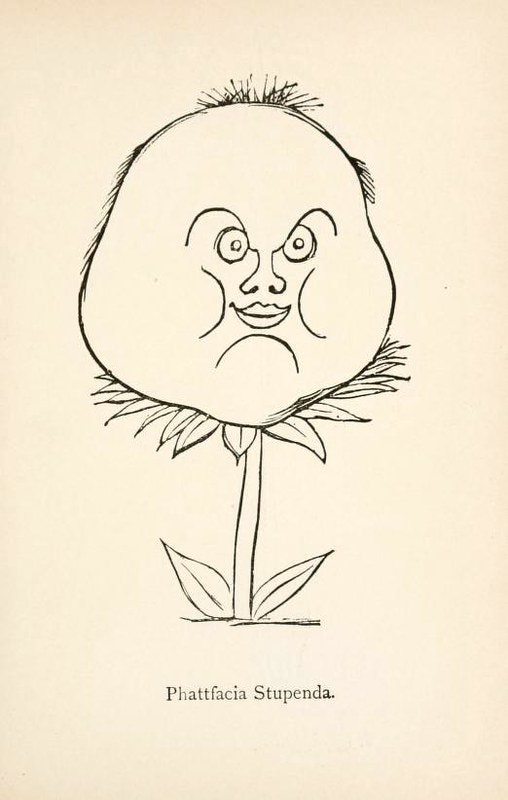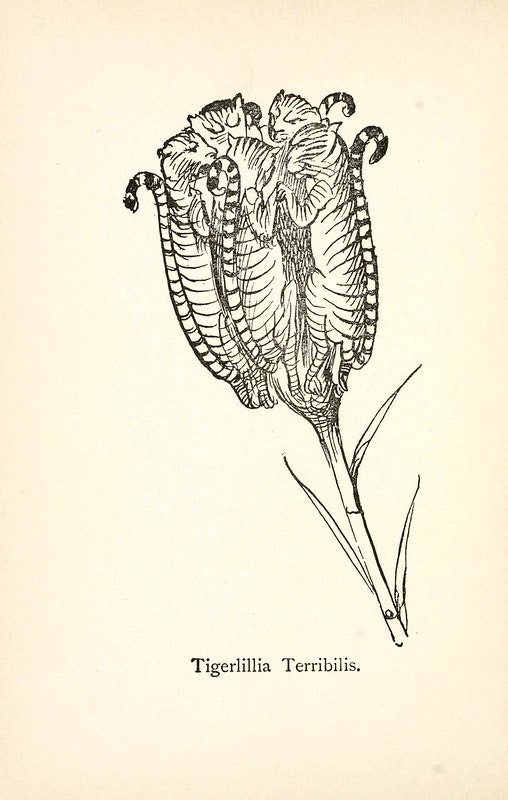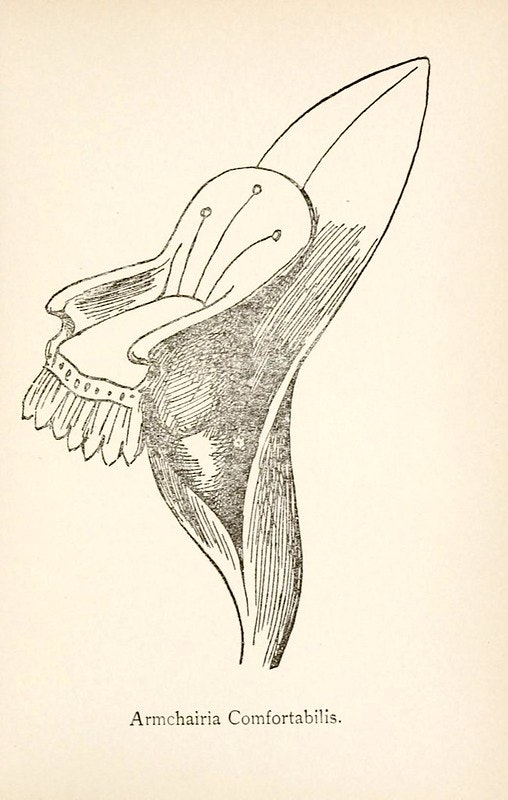
Since the Victorian era, Edward Lear’s “The Owl and the Pussy-Cat” has been, for generation upon generation in the English-speaking world, the kind of poem that one simply knows, whether one remembers actually having read it or not. As with most such works that seep so permanently into the culture, it doesn’t quite represent its author in full. Though more or less of a piece with his celebrated “nonsense” verse (which I myself read in childhood, more than a century after its initial publication), it hints only vaguely at his intense artistic engagement with the natural world, through the observation and lively portrayal of which he made his name as an illustrator.

“Lear was an attentive and informed reader of Darwin; he worked with John Gould, the natural-history entrepreneur who had actually picked apart the varieties of finch that Darwin had brought back from the Galápagos Islands,” writes the New Yorker’s Adam Gopnik, noting that his work evidences a Linnaean obsession “with the power of naming, with sticking a tag on a thing which gives it a place at, and on, the table.” Lear gave Latin names to at least two real species of parrots, but he also fabricated such chimeras as Phattfacia Stupenda, Armchairia Comfortabilis, Tigerlilia Terribilis, examples of which he also illustrates in his Nonsense Botany series of the eighteen-seventies.

Lear’s “penchant for the natural world,” says The Dilettante, shaped his “knack for inventing ridiculous landscapes and anthropomorphizing all kind of creatures and objects. The result is a surreal Learean world of Scroobious Pips, Quangle Wangles, and Great Gromboolian Plains.” His “fanciful re-sculpting of the physical world is brilliantly exemplified” in his Nonsense Botany, with its “sketches and entertaining captions read as a taxonomy of incongruous plant-creatures.” Whether at the Public Domain Review or Project Gutenberg, you can gaze upon them all and experience not just light amusement, but also a kind of astonishment at Lear’s peculiar talent: he doesn’t “find the amazing in the ordinary,” as Gopnik puts it; “he finds the ordinary in the amazing.”
Related content:
Based in Seoul, Colin Marshall writes and broadcasts on cities, language, and culture. His projects include the Substack newsletter Books on Cities and the book The Stateless City: a Walk through 21st-Century Los Angeles. Follow him on Twitter at @colinmarshall or on Facebook.


Leave a Reply